Exploring Shockwave Therapy: A Revolutionary Approach to Pain Relief and Healing
Written by: Dr. Chris Col
In recent years, Shockwave Therapy has gained significant attention in the fields of orthopedics, physiotherapy, and sports medicine. Once primarily associated with treating kidney stones (lithotripsy), this non-invasive treatment is now being used to address various musculoskeletal conditions, chronic pain, and even to promote tissue healing. But what exactly is shockwave therapy, and how does it work?
What is Shockwave Therapy?
Shockwave therapy, also known as extracorporeal shockwave therapy (ESWT), involves delivering sound waves to targeted areas of the body through a handheld device. These sound waves generate high-energy mechanical pulses that interact with the tissues, stimulating healing processes in the body.
The treatment is classified into two main types:
1. Radial Shockwave Therapy (RSWT): Produces a dispersed wave that is less focused but covers a larger surface area.
2. Focused Shockwave Therapy (FSWT): Delivers a more concentrated pulse to treat deep or pinpoint areas.
Shockwave therapy is most commonly used to treat conditions such as:
Plantar fasciitis
Tendinitis (e.g., Achilles tendinitis)
Tennis and golfer’s elbow
Calcific shoulder tendinitis
Patellar tendinitis (Jumper's knee)
Stress fractures
Chronic joint and muscle pain
How Does Shockwave Therapy Work?
When shockwaves are transmitted into the affected area, they create microtrauma or stress to the tissue. This controlled damage stimulates the body’s natural healing response by:
Increasing blood flow: Shockwaves promote angiogenesis, the formation of new blood vessels, which improves blood supply to the treated area.
Boosting collagen production: Collagen is vital for tissue repair and regeneration, especially in tendons and ligaments.
Reducing inflammation: By breaking down calcium deposits and scar tissue, shockwave therapy reduces inflammation and chronic pain.
Promoting cellular regeneration: The energy from the shockwaves helps activate stem cells and growth factors, which accelerate tissue repair and recovery.
Key Benefits of Shockwave Therapy
1.Non-invasive and drug-free: Unlike surgeries or steroid injections, shockwave therapy does not involve incisions or medication. It’s a safe alternative for those seeking a more natural healing method.
2. Effective pain relief: Many patients experience significant pain reduction after just a few sessions. Shockwave therapy is especially helpful for treating chronic pain that hasn’t responded well to conventional treatments.
3. Quick treatment with minimal downtime: Sessions are short (typically 10-20 minutes), and there is no significant recovery period afterward. Patients can often return to their regular activities soon after treatment.
4. Wide range of applications: Shockwave therapy is used for various conditions beyond musculoskeletal issues. Emerging research suggests it can aid in treating, diabetic foot ulcers, and even cellulite reduction.
What to Expect During a Shockwave Therapy Session
During a session, a gel is applied to the targeted area to help the shockwaves penetrate the skin more effectively. The practitioner uses a handheld device to transmit the shockwaves into the tissue. Some patients may feel mild discomfort, especially if the treated area is already inflamed or sensitive. However, the intensity can be adjusted to ensure patient comfort.
Typically, a course of treatment involves 3 to 5 sessions, spaced one week apart. Some patients may experience relief after just one or two treatments, while others may need the full course for optimal results.
Who Can Benefit from Shockwave Therapy?
Shockwave therapy is an excellent option for individuals suffering from chronic pain or soft tissue injuries. It’s especially effective for those who haven’t found relief through traditional methods such as physiotherapy, medications, or injections. Athletes, in particular, benefit from shockwave therapy as it helps speed up recovery times and reduce the risk of re-injury.
However, not everyone is a candidate for shockwave therapy. It may not be suitable for individuals with:
Blood clotting disorders
Pregnancy
Certain heart conditions (such as pacemakers)
Cancer in the treated area
The Future of Healing
Shockwave therapy is revolutionizing the way we approach pain management and tissue repair. Its non-invasive nature, coupled with the ability to promote natural healing, makes it a compelling option for individuals struggling with chronic pain or injuries. Whether it’s for athletes recovering from overuse injuries or individuals dealing with persistent conditions like plantar fasciitis, shockwave therapy offers hope for faster recovery and a better quality of life.
As research continues to expand into new applications, shockwave therapy’s role in modern medicine is likely to grow, offering even more people access to effective, non-invasive healing solutions.

